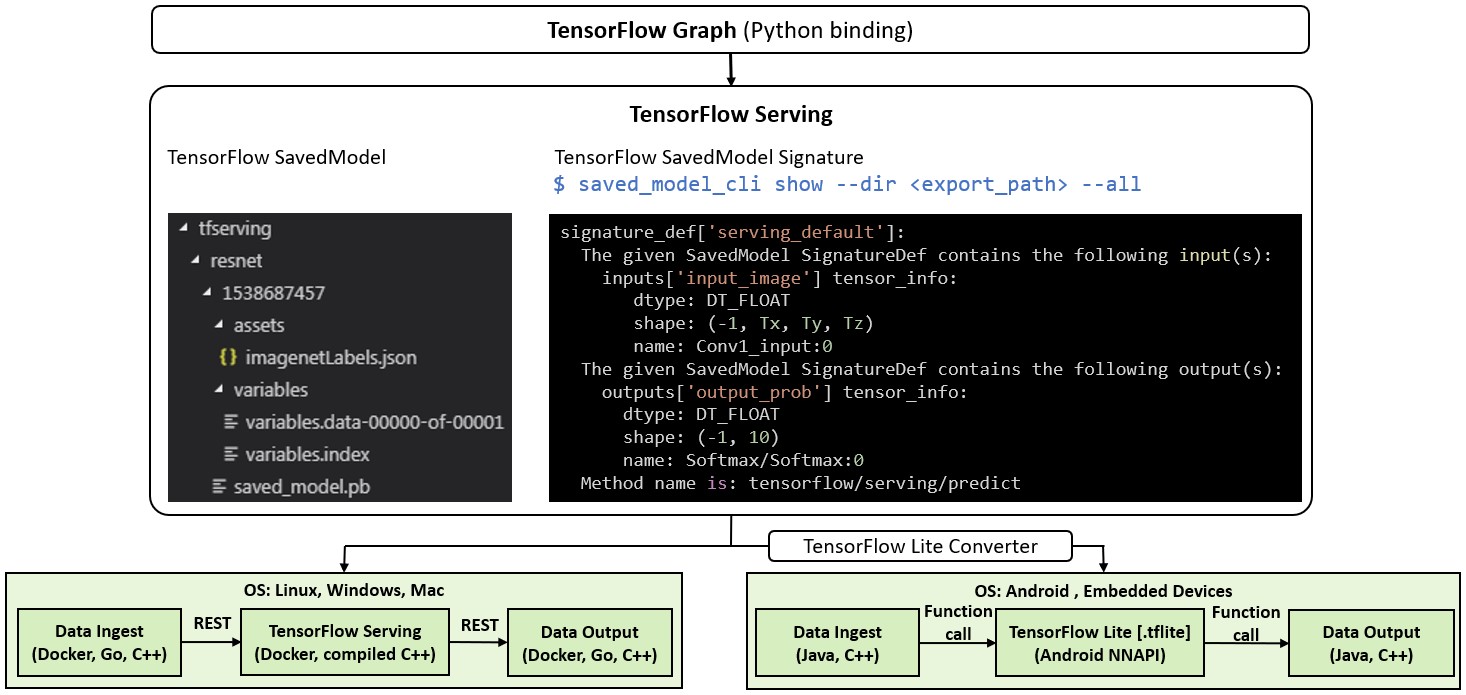

If you wondering which one to choose, the answer is, it totally depends on your need. It enables tracking experiment metrics like loss and accuracy, visualizing the model graph, projecting embeddings to a lower dimensional space, and much more. And in Functional API or Model Subclassing API, we can create complex layers that not possible to achieve in Sequential API. TensorBoard is a tool for providing the measurements and visualizations needed during the machine learning workflow. Generally speaking, all the model definitions using Sequential API, can be achieved in Functional API or Model Subclassing API. The most common type of model is the Sequential model, which is a linear stack of layers. The next two sections look at each type more closely. However, in subclassing API, we define our layers in _init_ and we implement the model's forward pass in the call method. There are two ways to create a model using the Layers API: A sequential model, and a functional model. In fact, most of the SOTA model that you can get from tf.keras.applications is basically implemented using the Functional API. In this case, you would simply iterate over model.layers and set ainable False on each layer, except the last one. First, let's say that you have a Sequential model, and you want to freeze all layers except the last one. From this, we can get more flexibility and easily define models where each layer can connect not just with the previous and next layers but also share feature information with other layers in the model, for example, model-like ResNet, EfficientNet. Here are two common transfer learning blueprint involving Sequential models. TensorFlow also allows us to use the functional API for building deep learning models.
#Tensorflow sequential series
We can't build complex networks such as multi-input or multi-output networks using this API.īut using Model class, we can instantiate a Model with the Functional API (and also with Subclassing the Model class) that allows us to create arbitrary graphs of layers. The sequential model allows us to specify a neural network, precisely, sequential: from input to output, passing through a series of neural layers, one after the other. But there are some flaws in using the sequential model API, it's limited in certain points. Model class: Model group's layers into an object with training and inference features.Īn Sequential model is the simplest type of model, a linear stack of layers. Sequential class: Sequential groups a linear stack of layers into a tf. I confirmed many times that I did not type the reference library incorrectly and did not know what was wrong. There are two class API to define a model in tf. It is strange that he actually showed that there is a problem with Sequential ().


 0 kommentar(er)
0 kommentar(er)
